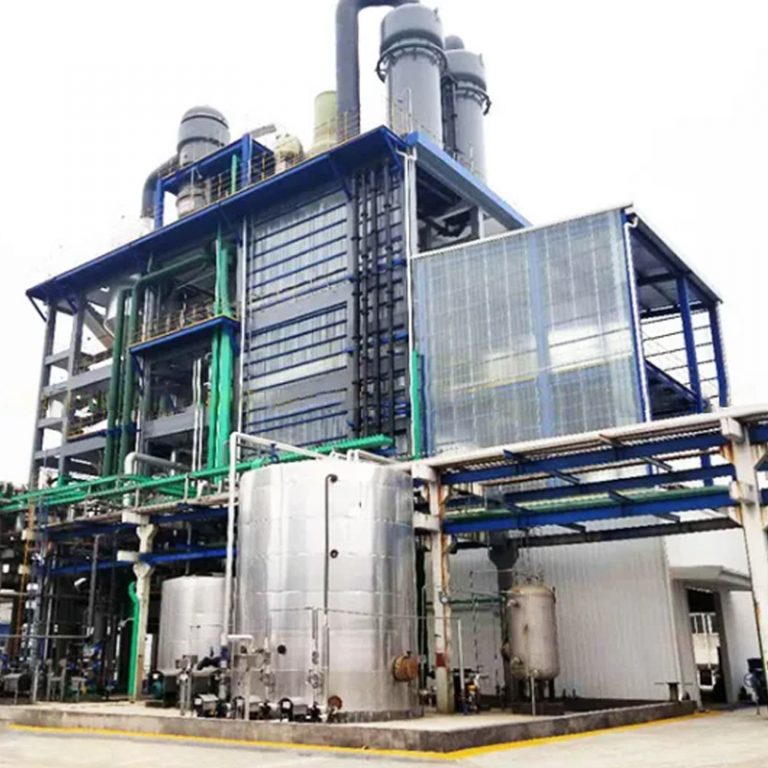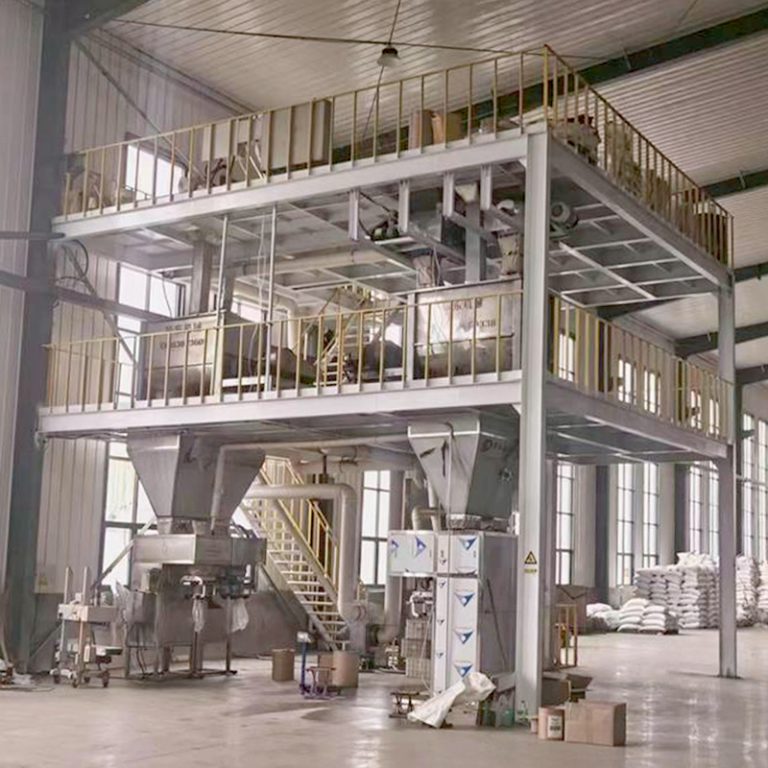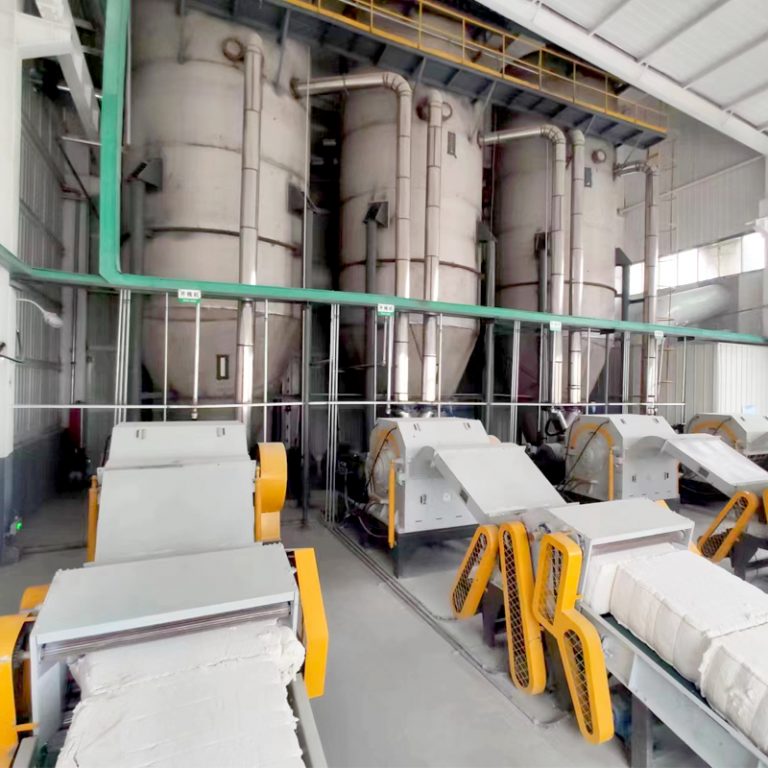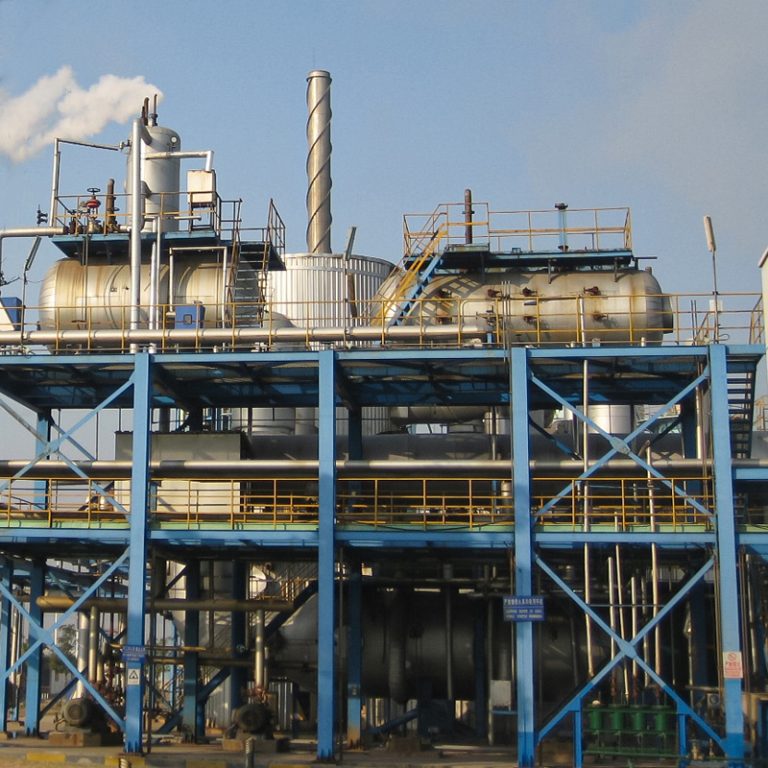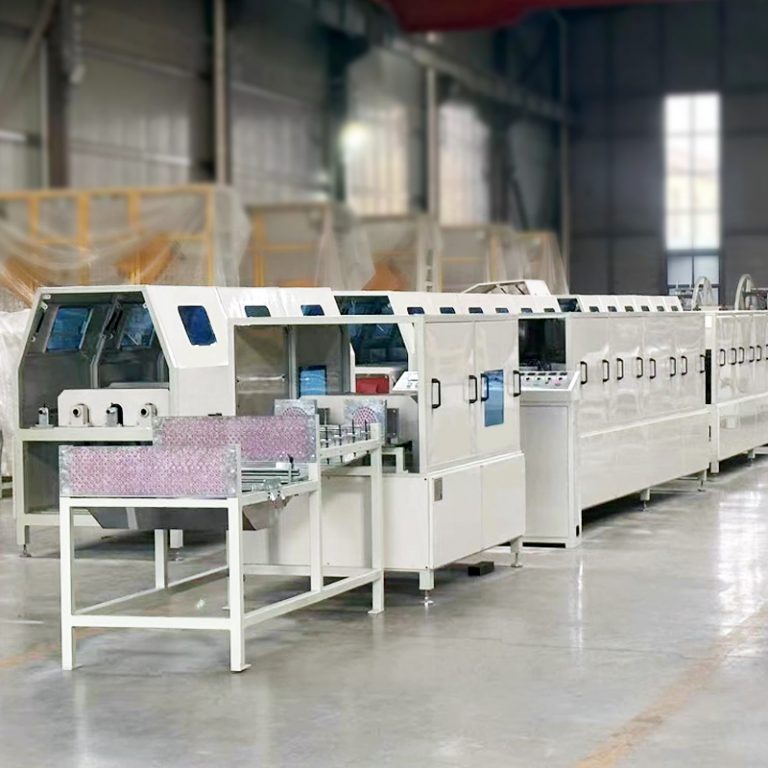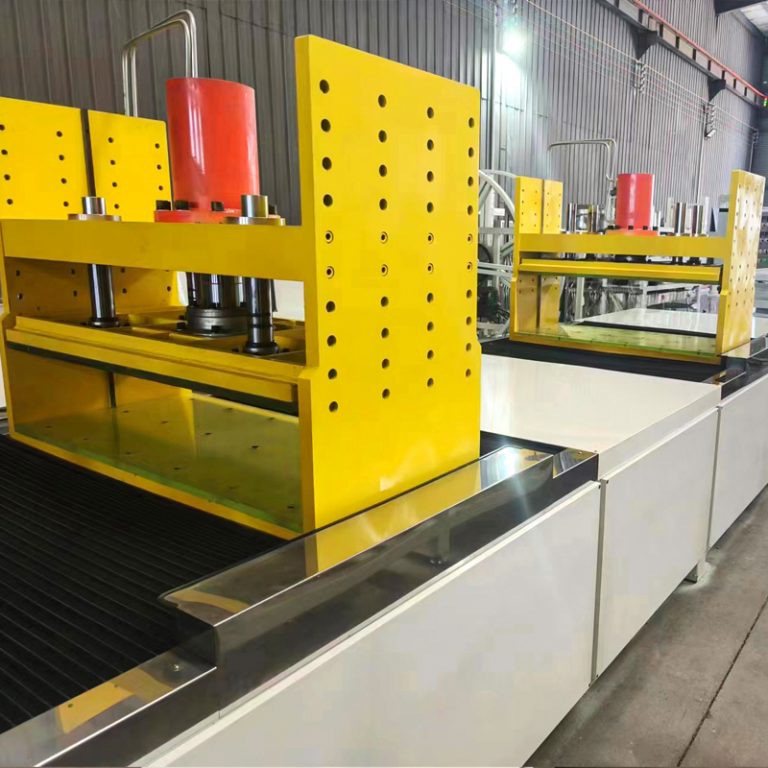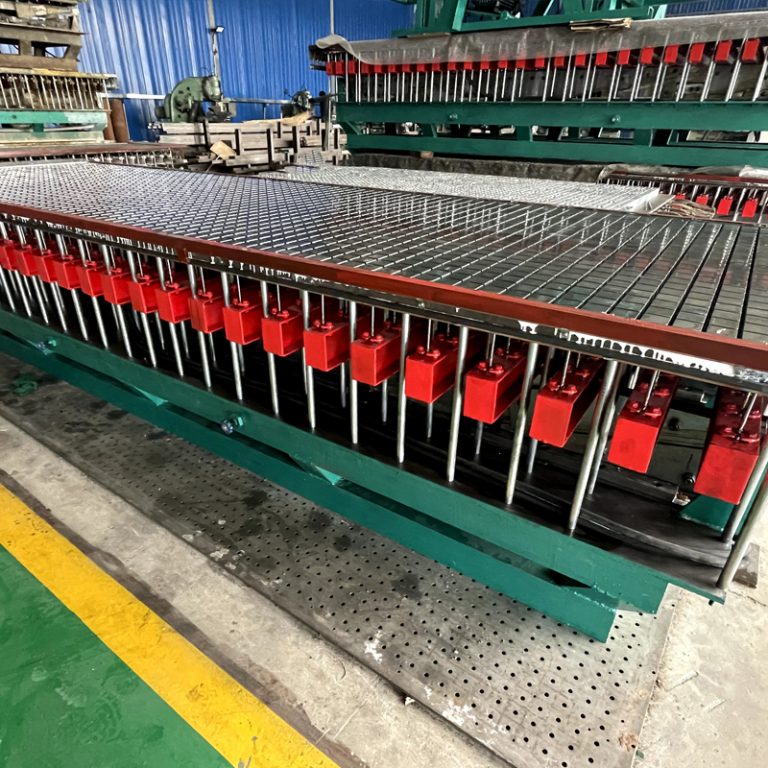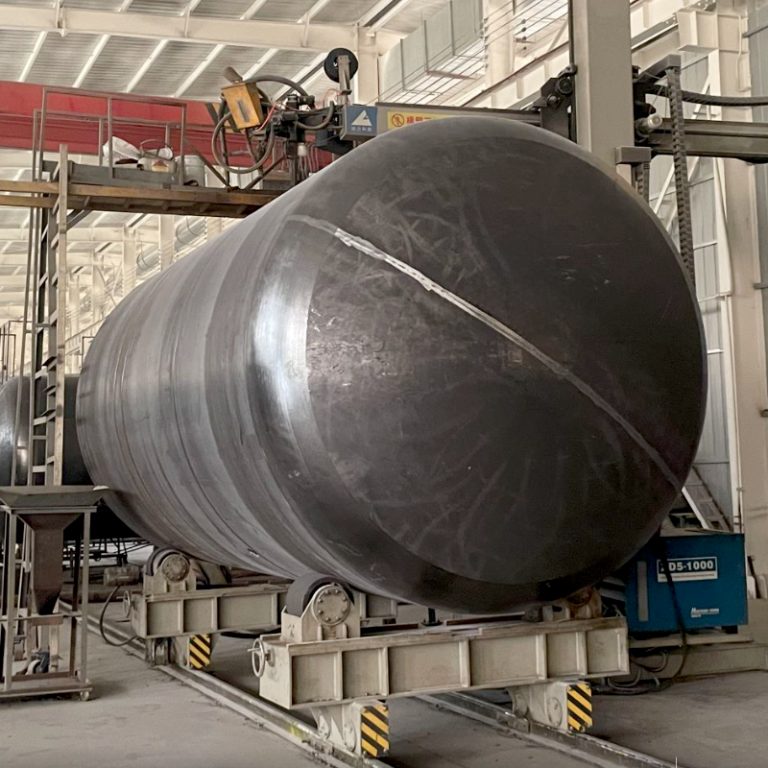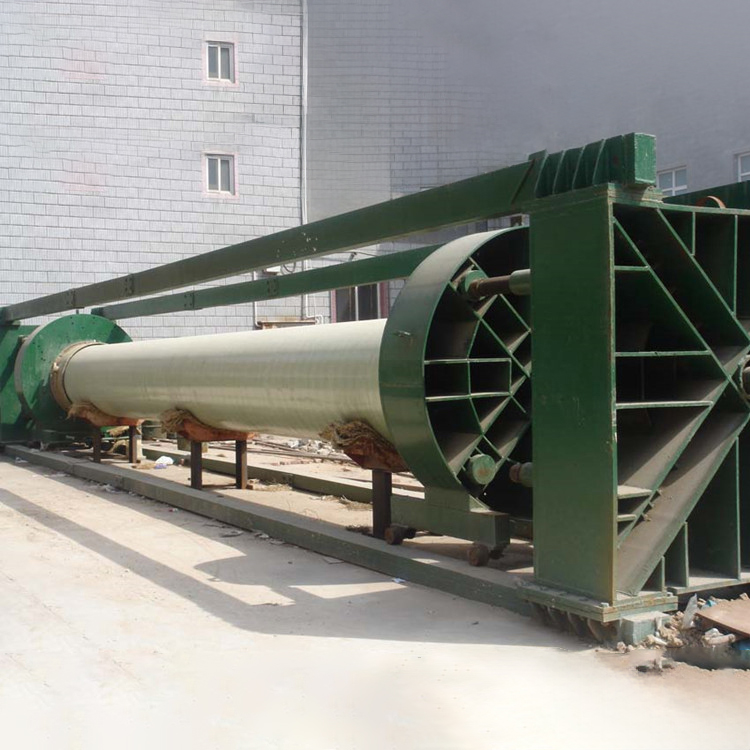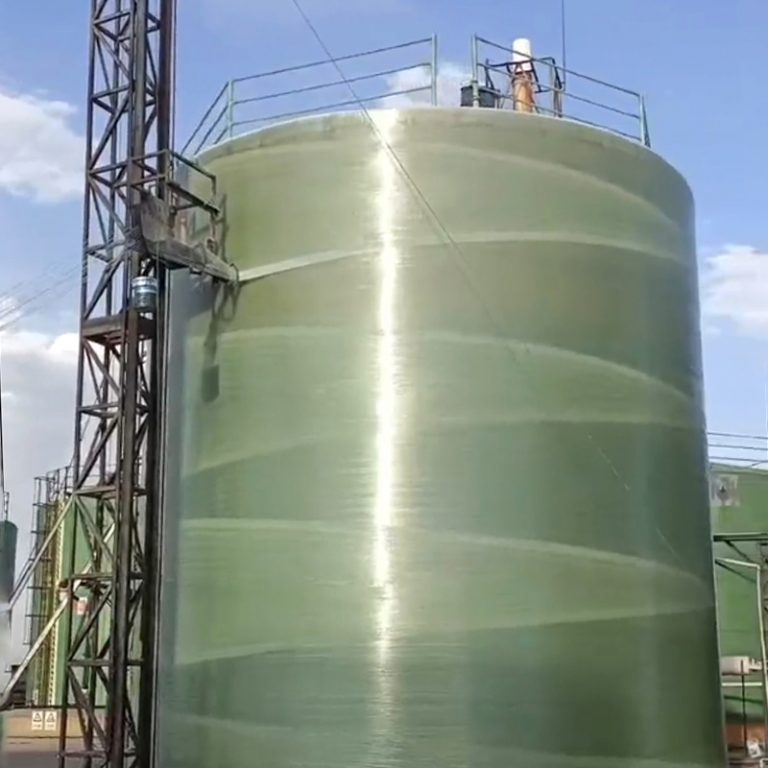Ensuring the Safe Operation of FRP Pipe Machines
There are specific guidelines that an FRP pipe machine operator needs to follow in order to maintain operator safety as well as maintain the mechanical integrity of the equipment. Machines need an intricate understanding when it comes to safety to avoid any project hazards and sustain productivity. Machines are not as simple and safe as they look, thus if you handle them with care you can avert accidents and thus be more productive.
Importance of Safety Protocols
FRP machine operators must follow safety measures. Such protocols aid in mitigating the machine operation risk and maintaining that every process is conducted in a safe manner. Whatever safety standards are available for them when operated, and wearing good practice not only saves the operators but also prevents the equipment from unnecessary wear and tear helping it last longer.
Identifying Potential Hazards
Operators need to be cognizant of the dangers that FRP pipe machines can present. For example, mechanical failure, electrical hazards, exposure to chemical substances used in the process of production, etc. Recognizing these risks enables preventive measures to manage them accordingly. Knowing what these risks are enables mitigative measures to be placed to avoid their influence.
Personal Protective Equipment (PPE) Requirements
When using FRP pipe machines, wearing the right personal protective equipment (PPE) is vital. That includes gloves, goggles, safety helmets, and clothing that would help protect the user from injury from any moving parts, as well as contact with any hazardous materials. The provision of adequate PPE and its proper use in line with other safety guidelines is an essential aspect of ensuring safety in a workplace.
Proper Machine Setup and Maintenance
Proper setup and maintenance of FRP pipe machines are vital for their safe operation. By following detailed procedures, operators can ensure that machines function correctly and efficiently.
Initial Machine Setup Procedures
Some specific steps are taken during the initial setup of an FRP pipe machine. Operators must verify that all components are built to the manufacturer’s requirements. It involves inspecting loose parts or misalignments that may be causing issues with the performance or safety of the machine. This includes looking for any looseness, misalignment, etc, that could either impact machine performance or safety.
Routine Maintenance Checks
FRP pipe machines are always in a machine room and need regular maintenance. Thorough inspection of mechanical parts for wear, electrical systems, and safety features. Regular checkups lets avoid unplanned failures and increase the time the machine can serve. Regular servicing and maintenance, help to ensure that the machine does not break down suddenly and serve you for a longer period of time.
Troubleshooting Common Issues
Operators are trained on how to address issues common to machine operation. This includes issues, such as obstructions, alignments, or failures in controls. A straightforward protocol will enable you to resolve the questions quickly without endangering safety or productivity. Speed and safety Safety is always paramount, and with a clear troubleshooting protocol, they can resolve issues quickly without interrupting workflow.
Training and Skill Development for Operators
Comprehensive training programs are essential for operators of FRP pipe machines to perform their duties safely and effectively.
Comprehensive Training Programs
Training programs should prepare you for setup, operation, maintenance, and emergency situations in the FRP pipe machine. These programs should provide operators with the theoretical background and allow for supervised hands-on experience in minimal-risk settings. They should incorporate both theory and practice (the latter under supervision).
Certification and Compliance Standards
We’ll look at FRP pipe machine safety and how operators must be certified to properly and safely operate such machinery and you can do so through industry certification standards. Following such regulations is an illustration of commitment to ensuring safety procedures continue to occur in the workplace. Adhering to these standards makes an impression that your aim is to keep the safety level high inside the workplace.
FRP pipe machines can safely run as long as the organizations follow the tips combining them with some options on how to maintain safety for workers without affecting the production processes. If an organization follows the guidelines stated above, then you can operate the FRP pipe machine safely while not compromising the production process.
Enhancing Operational Efficiency While Maintaining Safety
Running an FRP pipe machine comes down to walking a tightrope between productivity and safety. Through prudent implementation of safety protocols, companies can operate much more efficiently and profitably when the safety of their human capital is not at stake. Taking the right precautions while getting back to operations would balance restructuring and taking care of the workforce.
Balancing Productivity with Safety Measures
High productivity without compromising safety requires a holistic approach where safety is an intrinsic part of every aspect of the production process. Such as establishing workflows that limit exposure to risks, arranging for periodic breaks, to avoid errors arising from fatigue, and implementing ergonomic practices to prevent organizations from paying for the health issues of operators. To maximize throughput while assuring the safety of operators, Aoliande developed user-friendly FRP pipe machine interfaces with automation and control features.
Monitoring and Reporting Systems
Detailed monitoring & reporting systems can help you to ensure a safe working environment. With instant visualization of machine functioning and also operators activity, these systems facilitate the prompt identification of any possible threat or inefficiency. With the help of state-of-the-art monitoring technologies, organizations can comply with safety standards and quickly rectify any deviations from pre-defined protocols. Aoliande builds these systems directly into their machines, giving users the ability to track and report operational metrics seamlessly.
Aoliande’s Innovations in FRP Technology
Aoliande pioneered the enterprise FRP technology and developed advanced solutions for pipe manufacturing with productivity and safety. Being the industry leader in FRP technology, Aoliande proudly has put forward innovative enhanced solutions to pipe-making productivity and safety.
Advanced Features of Aoliande’s FRP Pipe Machines
While the Final Step of Manufacturing FRP Pipes remains crucial, Aoliande integrates high-end options that ensure you can operate both safely and minimize the time with which you work the Final Step of Manufacturing. They are computer-controlled machines that automate complicated procedures like filament winding and curing. This feature reduces manual intervention which eliminates human error and improves production efficiency. Using infrared ray baking boards curing pipes is one of the energy-saving components, saving a lot of operational costs and ensuring good stable temperatures in the working environment safe and perfect while working.
Exploring Aoliande’s Product Range
Aoliande specializes in the manufacture of FRP pipe machines, with complete machine types to meet different requests for industry. Their range of products consists of computer-controlled filament winding machines that produce reinforced plastic mortar pipes (RPM) with increased rigidity and lowered expenses. Ideal applications for these machines include water supply, drainage, petrochemical, and other applications.







